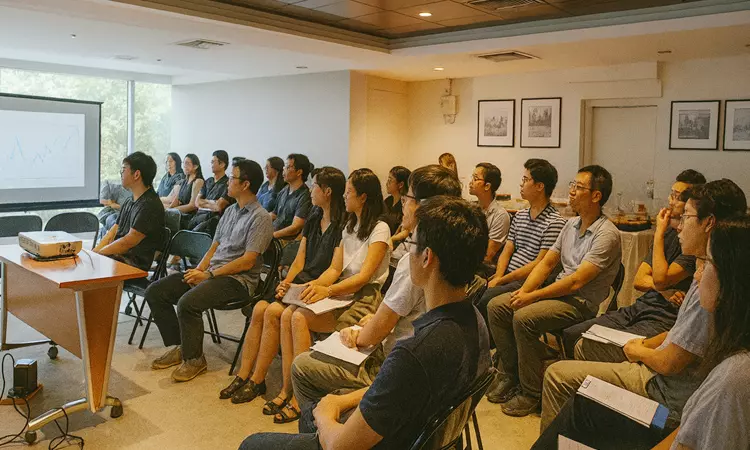Public Awareness & Community‑Led Air Quality Projects: Keeping Indoor Air Healthy
Most of us spend the majority of our time indoors, yet the quality of the air inside is often overlooked. Research from the World Health Organization shows that almost everyone in the world lives in places where air quality does not fully meet its recommended guidelines. Indoor air can be affected by fine particles, gases from outdoor pollution, and everyday sources such as cleaning products or building materials. While regulations and standards exist to help limit these pollutants, raising awareness and taking simple actions indoors—like improving ventilation or reducing sources of emissions—play an equally important role in creating healthier environments.
Regulators use air‑quality standards to limit pollutants. For example, the WHO recommends annual average limits of 10 µg/m³ for PM2.5 (fine particles) and 20 µg/m³ for PM10. These guidelines are stricter than current European Union limits (25 µg/m³ for PM2.5 and 40 µg/m³ for PM10), underscoring the need for vigilance even in regions with air‑quality regulations.
Raising awareness through education and public participation
Making indoor air healthier isn’t just a job for government agencies or scientists. Education and public participation are essential. When families, teachers or office managers understand what pollutants are and how to reduce them, they can make everyday choices—like improving ventilation or choosing low‑emission products—that lead to cleaner air. Workshops, school projects and community‑led air quality projects give people first‑hand experience with monitoring. Collecting air‑quality data in homes, classrooms and workplaces and sharing it with neighbours or local officials builds awareness and supports informed decision‑making.
Public participation also helps fill gaps in official data. In many places there are few government sensors, especially indoors. Networks of small monitors operated by communities can identify problem areas, such as poorly ventilated rooms or local pollution hotspots, and support targeted solutions. Real‑time data also allow people to see immediate improvements when they open a window or adjust a ventilation system.
Using simple tools to support community projects
To take part in these projects, people need easy‑to‑use tools. Consumer devices like HibouAir offer a way for anyone to measure what they’re breathing. The HibouAir DUO air quality monitor combines sensors for carbon dioxide, fine dust (PM1.0, PM2.5, PM10), volatile organic compounds, temperature and humidity, providing accurate, real‑time data in a compact package. It connects via Bluetooth, Wi‑Fi or cellular networks. Users can view and export their readings using a mobile application or simple dashboard.
This plug‑and‑play design makes HibouAir suitable for classrooms, homes and small businesses. Teachers can use it during lessons to show how CO2 levels rise when many students are in a room and fall when windows are opened. Community groups can deploy multiple units in different rooms to identify areas with high pollutant levels. Because the data can be shared easily, it becomes a starting point for discussions about improving ventilation, choosing low‑VOC materials or advocating for cleaner outdoor air.
Turning information into action
Numbers alone don’t clean the air. Once people see the data, they can take simple steps: opening windows more often, reducing indoor sources of fumes and dust, or asking building managers to maintain heating and ventilation systems. Over time, public awareness and community‑led monitoring can encourage municipalities to tighten air‑quality standards and align with WHO guidelines, which would prevent thousands of premature deaths.
Air pollution is a major health risk worldwide, but it often goes unnoticed inside our own walls. By educating ourselves and participating in community projects, we can make the invisible visible. Tools like HibouAir helps anyone to understand their indoor air and take meaningful steps to improve it. When public participation, accessible technology and clear health guidelines come together, healthier air becomes a shared goal that everyone can work toward.

